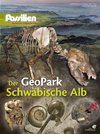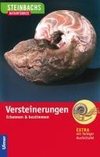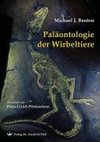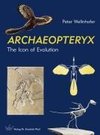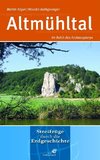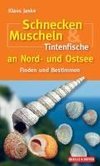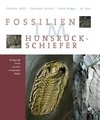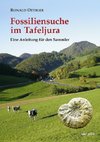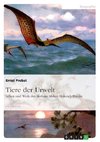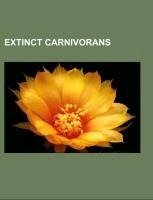
Extinct carnivorans
Source: Wikipedia. Pages: 40. Chapters: Proailurus, Machairodus, Homotherium, Dinofelis, Pseudaelurus, Falkland Islands Wolf, Javan Tiger, Cryptoprocta spelea, Japanese Sea Lion, American Lion, Bali Tiger, Panthera leo spelaea, Machairodontinae, Marozi,... Viac o knihe
Produkt je dočasne nedostupný
16.02 €
bežná cena: 18.20 €
O knihe
Source: Wikipedia. Pages: 40. Chapters: Proailurus, Machairodus, Homotherium, Dinofelis, Pseudaelurus, Falkland Islands Wolf, Javan Tiger, Cryptoprocta spelea, Japanese Sea Lion, American Lion, Bali Tiger, Panthera leo spelaea, Machairodontinae, Marozi, Caribbean Monk Seal, Cape Lion, European Lion, Honshu Wolf, Mexican grizzly bear, Cape Serval, Atlas Bear, Panthera leo vereshchagini, Sardinian Dhole, Newfoundland Wolf, European Jaguar, Hokkaido Wolf, Prosansanosmilus, Felis lunensis, Panthera leo fossilis, Metailurini, Paramachairodus, Xenosmilus, Sardinian lynx, Giant Cheetah, Sri Lanka Lion, Panthera onca augusta, Panthera onca mesembrina, Dinobastis, Metailurus, Formosan Clouded Leopard, Smilodontini, Eucyon, Machairodontini, Panthera schaubi, Pratifelis martini, Prototocyon, Lynx issiodorensis, Trinil Tiger, Theriodictis, Corsican Wildcat, Protocyon, Eofelis, Panthera palaeosinensis, Panthera pardoides, Panthera youngi, Panthera crassidens, Dinofelis barlowi, Panthera schreuderi, Tuscany Lion, Dinofelis aronoki. Excerpt: The Falkland Islands Wolf (Dusicyon australis), also known as the Warrah and occasionally as the Falkland Islands Dog, Falkland Islands Fox or Antarctic Wolf, was the only native land mammal of the Falkland Islands. This endemic canid became extinct in 1876 (on West Falkland island), the first known canid to have gone extinct in historical times. It was the only modern species in the genus Dusicyon. Traditionally it had been supposed that the most closely related genus was Lycalopex, including the Culpeo (and its domesticated form, the perro Yaghan), which has been introduced to the Falkland Islands in modern times. However, in 2009, research conducted by a scientific team directed by Graham J. Slater at the University of California, Los Angeles, identified the Falkland Island wolf's closest living relative as the Maned Wolf (Chrysocyon brachyurus)-an unusually long-legged, fox-like South American canid, from which it separated about 6.7 million years ago. The Falkland Islands Wolf existed on both West and East Falkland, but Charles Darwin was uncertain if they were differentiated varieties. Its fur had a tawny colour. The tip of the tail was white. The diet is unknown, but due to the absence of native rodents on the Falklands, its diet probably consisted of ground-nesting birds such as geese and penguins, grubs and insects, as well as seashore scavenging. It has sometimes been said that it may have dwelt in burrows. Illustration of "Dusicyon australis" from Zoology of the Voyage of H.M.S. BeagleThe first recorded sighting was by Capt. John Strong in 1692. Captain Strong took one of the animals on his ship, but during the voyage back to Europe the creature became frightened by the firing of the ship's cannon and jumped overboard. Louis Antoine de Bougainville, who established the first settlement in the Falkland Islands termed it a loup-renard ("fox-wolf"). The name "warrah" is a corruption of the term aguará (meaning "fox" in Guaraní, a Native American language ),
- Vydavateľstvo: Books LLC
- Formát: Paperback
- Jazyk:
- ISBN: 9781233115914

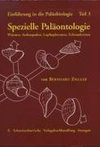
 Nemecký jazyk
Nemecký jazyk 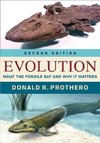
 Anglický jazyk
Anglický jazyk 